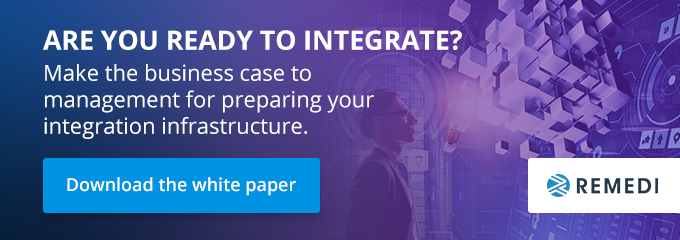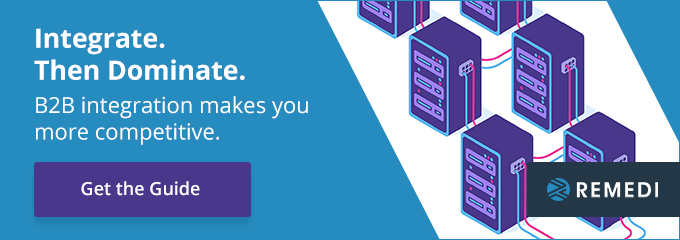
While e-commerce isn’t a new concept, 2020 made it indispensable. With lockdowns and restrictions in place, it became either unfeasible or highly inconvenient to do business any other way. The companies that had a strong e-commerce infrastructure in place thrived.
It’s not too late for companies in the transportation industry to reap the benefits of e-commerce. Read on to learn how the right technology choices keep you competitive and sustainable in the long term.
The Rise of B2B E-commerce
When we think of e-commerce, B2C sales typically spring to mind. However, B2B e-commerce is growing rapidly. In 2019, all forms of B2B e-commerce (electronic commerce, electronic data interchange, e-procurement, B2B marketplaces, and other related channels) grew ten times faster than total manufacturing and distributor sales. By the end of that year, B2B e-commerce had reached $9 trillion in value.
The value of B2B e-commerce only increased during the pandemic. Companies with a digital presence were able to continue serving customers even if their physical locations were shuttered.
“The value of B2B e-commerce only increased during the pandemic.”
What does this mean for the transportation industry? Like B2C companies, B2B firms prize speed, reliability, and accuracy. Manual processes can delay shipments; data entry, for example, leads to costly errors. Moreover, companies need to access information quickly and easily. If a purchase order is on paper, other trading partners don’t have access to it without a physical copy of it.
Can Transportation Companies Leverage E-commerce Opportunities?
B2B e-commerce presents an enormous opportunity for the transportation industry. However, there’s a major caveat: they have to embrace a digital transformation. A digital transformation refers to using technology to radically improve the reach or performance of your business. While many people think that implementing one technological solution will bring about a digital transformation, that’s not the case – the solution has to expand your opportunities or fundamentally improve your business’ performance.
Here are two technologies that can help you transform your business:
- Data integration systems
- Enterprise application integration

Data Integration Systems
Data integration is the collection and integration of electronic transactions, messages, and data from internal and external systems and devices to a separate data structure for purposes of cleansing, organizing, and analyzing the joined data.
They help you seize e-commerce opportunities by bringing information into one place. This saves time and effort – you’re no longer hunting for documents. Moreover, data integration systems make information available to other trading partners in your network, which speeds up processes.
Enterprise Application Integration
Enterprise application integration brings your data into one place by syncing apps, systems, and devices. Employees can access systems of record knowing that information is accurate and up-to-date.
With enterprise application integration, you can automate processes and meet trading partner demands (some companies won’t do business with you unless you transmit information digitally). You can also easily and quickly share information with trading partners.
“Enterprise application integration brings data into one place.”
B2B e-commerce will only continue to grow. The proper technological infrastructure helps you remain relevant now and well into the future. Integrate. Then Dominate.




